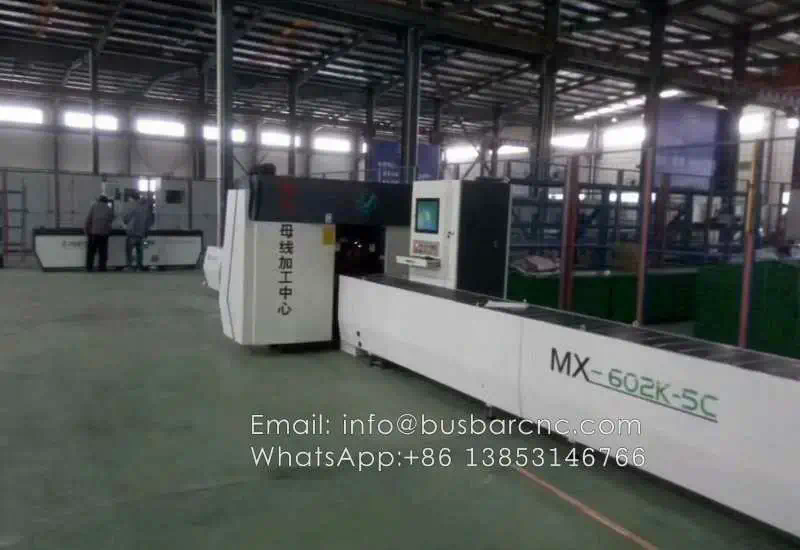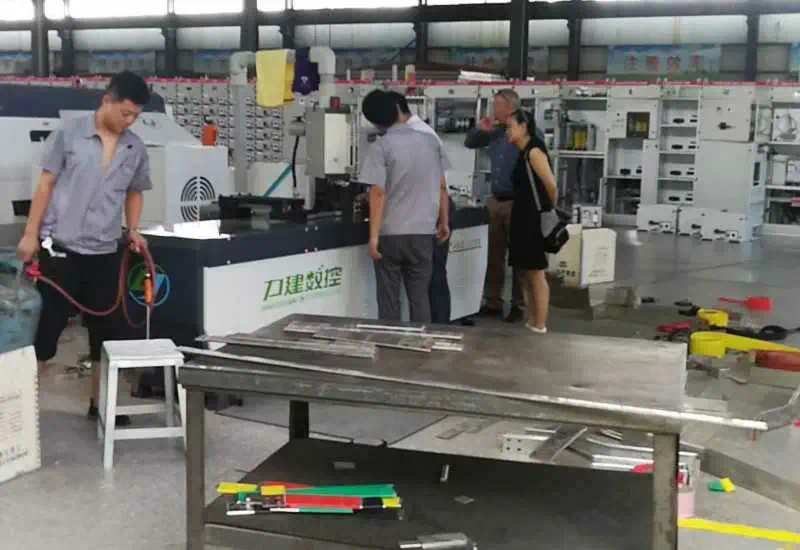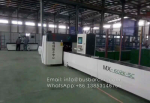Rapid prototyping of CNC machines is a crucial step in the process of transitioning from a model to a finished product. This process involves creating a tangible representation of the design that can be tested and refined before full-scale production begins. Through rapid prototyping, manufacturers can identify potential issues early on, make necessary adjustments, and ultimately save time and resources in the long run.
The Importance of Rapid Prototyping

Rapid prototyping plays a vital role in the development of CNC machines as it allows engineers and designers to validate their designs quickly and efficiently. By creating physical prototypes, they can assess the functionality, performance, and ergonomics of the machine before investing in mass production. This iterative approach enables them to make informed decisions based on real-world testing and feedback, leading to a higher-quality final product.

Prototyping Technologies
There are several technologies available for rapid prototyping, each with its unique advantages and limitations. Additive manufacturing, commonly known as 3D printing, is one of the most popular methods used in prototyping CNC machines. This technology allows for the rapid creation of complex geometries with high precision, making it ideal for producing intricate components and prototypes.
Materials Selection
When prototyping CNC machines, choosing the right materials is crucial to ensuring the accuracy and reliability of the final product. Engineers must consider factors such as strength, durability, thermal properties, and machinability when selecting materials for prototyping. By using materials that closely mimic the properties of the final production materials, they can obtain more accurate test results and make informed decisions during the design process.
Iterative Design Process
The iterative design process is at the core of rapid prototyping for CNC machines. Engineers create multiple iterations of the prototype, testing and refining each version based on feedback and performance data. By continuously improving the design through iterative testing, they can optimize the machine’s performance, functionality, and user experience before moving into full production.

Simulation and Testing
Simulation software plays a crucial role in the rapid prototyping of CNC machines. Engineers use computer-aided design (CAD) and computer-aided engineering (CAE) tools to simulate the behavior of the machine under various operating conditions. By running virtual tests and analyses, they can identify potential issues, optimize the design, and reduce the need for physical prototypes, saving both time and resources in the process.
Collaboration and Communication
Effective collaboration and communication among team members are essential for successful rapid prototyping of CNC machines. Engineers, designers, machinists, and other stakeholders must work closely together to exchange ideas, provide feedback, and address any challenges that arise during the prototyping process. Clear communication ensures that everyone is aligned on the project goals and timelines, leading to a more efficient and streamlined development process.
Cost and Time Savings
One of the primary benefits of rapid prototyping for CNC machines is the significant cost and time savings it offers. By identifying and addressing design flaws early on, manufacturers can avoid costly rework and delays during production. Rapid prototyping also allows for faster design iterations and modifications, accelerating the overall development timeline and bringing the final product to market more quickly.
Conclusion
In conclusion, rapid prototyping is a critical phase in the development of CNC machines that enables manufacturers to test, refine, and optimize their designs before full-scale production. By leveraging advanced technologies, materials, and iterative design processes, engineers can create high-quality prototypes that accurately represent the final product. Through effective collaboration, simulation, and testing, manufacturers can streamline the development process, reduce costs, and bring innovative CNC machines to market faster than ever before.
https://devicesplayer.com/
